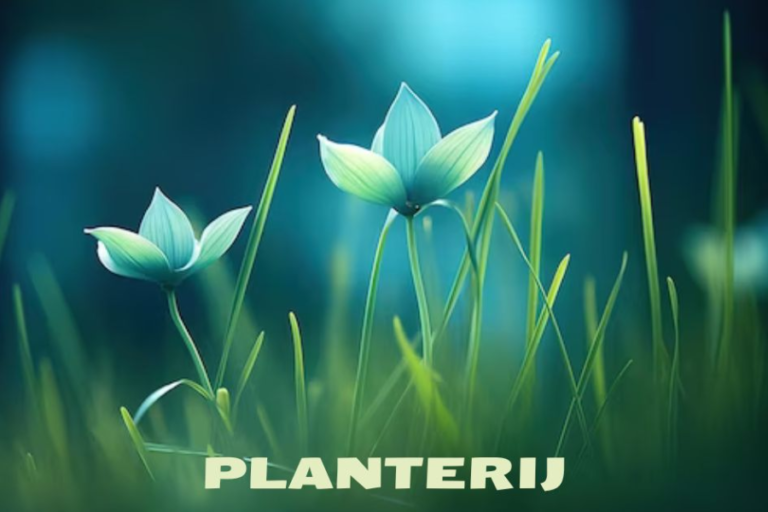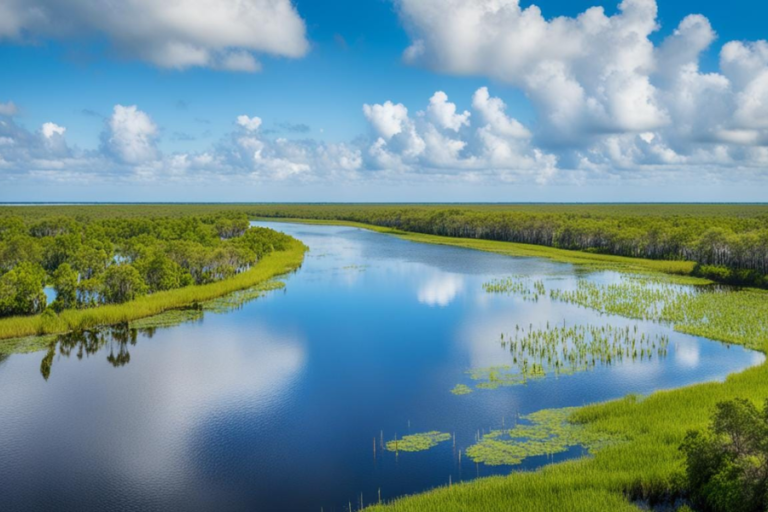Certidor: Redefining Security and Efficiency in the Digital Age
Introduction In today’s fast-paced world, operational tools and software are reshaping how we learn and manage various industries. At HealNoise, we are committed to offering cutting-edge technological solutions that elevate your tech experience. Among our standout platforms is Certidor, a revolutionary tool designed to streamline operations and orchestration across diverse sectors. With a broad array…









